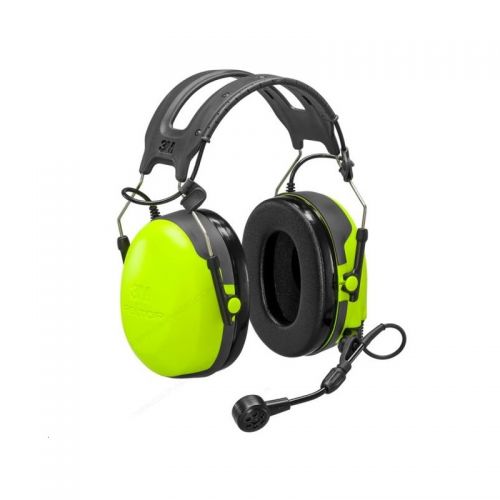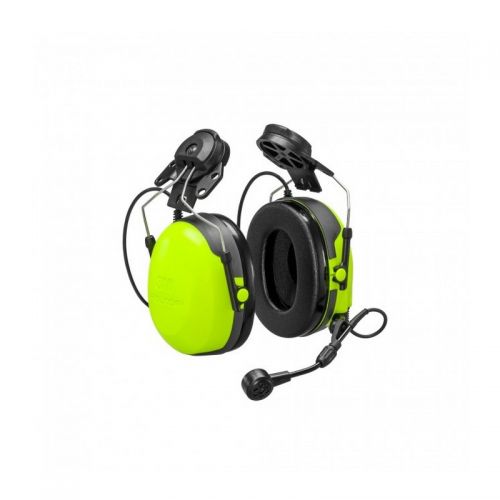
Noise cancelling headsets provide communication and hearing protection for use in hazardous, and high noise environments. Through the use of noise cancelling headsets, the user can continue with their work in a safe environment.
High noise levels in a working environment can cause long term hearing problems, especially if somebody is exposed to it over a prolonged period of time. The type of headset and the level of protection required will depend upon the noise level. This can be measured, and the most suitably rated noise cancelling headset provided.
There is a wide range of noise cancelling headset types available. These range from standard headsets with no communication built in, to listen only headsets where communication can be received and an external microphone is required to speak back, to a two-way radio headset with receive audio and a microphone to speak back.
There are also headsets with a built in FM radio that allow phone connectivity, and headsets with built in PMR two way radios. For a wireless solution, Bluetooth connectivity is possible on some headsets (radio compatibility dependant).

Peltor
MT74H52P3E-110
Features
In Stock
RRP £161.60 ex. VAT
Different work environments, and hearing and communication needs, require different kinds of hearing protection solutions. A range of noise cancelling headsets are available for a range of working environments, to include headband, neckband or helmet attached types.
A noise level survey will determine what level of hearing protection is required, and the type of works to be carried out will determine the type of headset. Through training, users can ensure the correct type of headset is chosen, that they fit and work properly, and the workers can see the benefit of using them.
Most manufacturers of noise cancelling headsets will make their range suitable for a range of two way radio products. This will either be through a direct cable attachment or Bluetooth wireless connection.
As long as the headset is ATEX certified and holds the Ex marking, the headset will be suitable for use in an ATEX working environment. Periodic visual and operational checks should be carried out to ensure it remains in good working order.